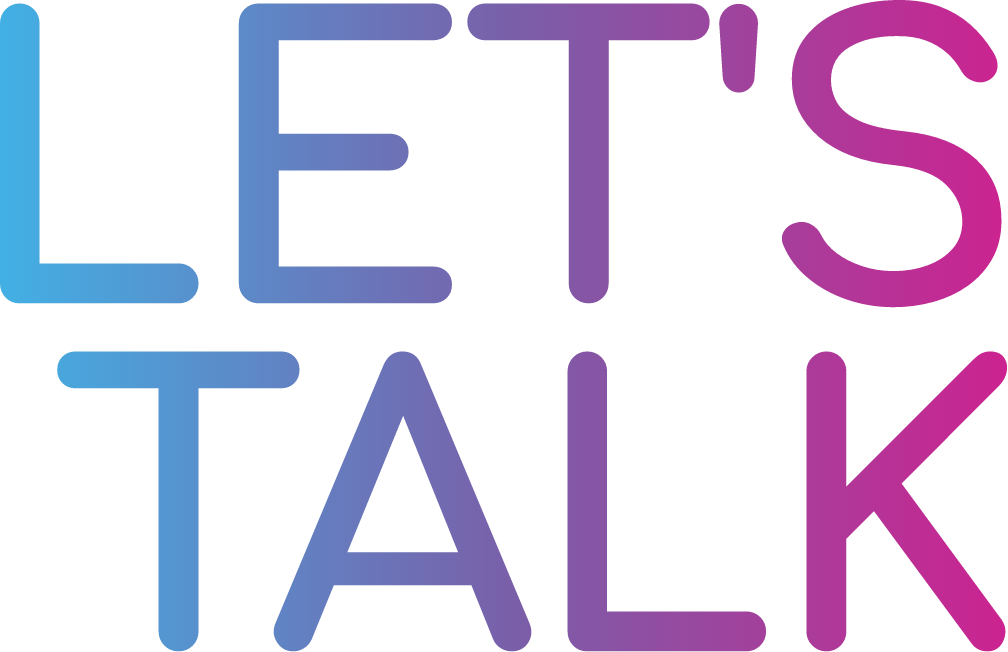What would you do if you had to find a good doctor to visit? Some of us would probably run a quick Google search or read some strangers’ reviews. Most people would best prefer to collect their information via friends, family and other relatives.
An online survey held by “Nielsen” in over 50 countries found that friend’s recommendations have a major power over our decisions. The researchers themselves were surprised with the results of the survey – over 80% of the participants said that advice received from friends and family is the most influential parameter when choosing a product or a service. This could be explained by the fact that people tend to trust their relatives since they believe that they want the best for them.
Legal advice is a service that can be marketed in many ways. ‘Referrals’ is one of the most effective marketing techniques to attract new customers. This is the act of directing someone for consultation in exchange for a certain percentage fee (as long as the other side is a lawyer). It has been proved to be an efficient tool for widening your costumer’s pool and as a result- increasing your business profit.
The main reason that the referral system works is because it is trust-based. Thus, people would only refer their clients to an attorney that they themselves know and trust.
Attracting referral costumers is not an easy task. Adv. Mary Lokcnsgard, a veteran attorney and an active writer for several legal magazines wrote a three step guide on how to create an efficient referral system.
Step one: make a list of potential referents
The first step is creating a list of people that can be potential referrals, that list will include friends and family, and in addition it must also include:
- Lawyers in various practice areas, as well as ones from your practice area that are likely to refer to you when a need arises
- Non-lawyer professionals who are likely to have clients that could use your services
After compiling the list, all you need to do is approach those people and let them know (in a polite yet sophisticated way) that you will appreciate it if they will refer clients to you.
Indeed, asking for business “favors” can sometimes be unpleasant. Keep in mind that those people are in your referral list because you have a friendly business relationship with them, so asking for referrals is a legitimate request. Furthermore, if the other side is an attorney that practices in a different field then you, your interests are mutual.
Step two: clients were referred to you- what’s next
After receiving clients as result of referrals, there are three ironclad rules:
- Providing professional legal services
- Keeping professional work ethics
- Maintaining connections with respect and courtesy
While we continuously pay attention to the first two rules, sometimes we tend to forget the third (and extremely important) rule – respect and courtesy.
If clients use your services as a result of referrals, contact the referral and say thank you, even if eventually the clients decided not to work with you. Remember, the fact that the other side referred a client to you is worthy of gratitude. In case that the client chooses to work with you, show the referral appreciation; update the referral about the case – only with the approval of the client, of course.
The referral system is a mutual social agreement, and in order to receive clients you will need to refer clients to others. There are three very important guidelines when referring clients to another attorney:
- Find an appropriate match. Our first instinct is to refer our clients to an attorney that referred clients to us in the past. But before you do so, take a moment and think, is it really a good match? You should keep in mind that your clients are the most important factor, not your business relations.
- Give more than one name. When referring a client we want to get the credit for it. In case we suggest only one name, and the match won’t work, the client will look for someone elsewhere. If you suggest more than one name, the client will go to the second attorney that you suggested and so forth. Hopefully, one of the attorneys that you suggested will suit his needs.
- Let the client make the first connection, but provide notice. you referred a client to another attorney? Great! Inform the other attorney in advance, in order to both receive credit, and give them time to prepare
Step three: maintenance and care
Network maintenance: After creating a strong referral network, you should regularly take care of it. In order to manage this network wisely, you should make sure that the list you made is up to date – Who referred clients to you, who did you refer clients to, when and why. Our time, abilities and resources are limited – an effective list will help us maximize them. Update the list on a quarterly basis.
Make more connections: An effective referral network is all about making connections that will translate into business. Invest in non-business connections: meetings in social events, joint attending to seminars and so on. Creating strong personal connections will benefit your business.
Quality control: The last and perhaps most important: after you are done with a client, contact him after a while and ask for a feedback. Let him know that you will be happy if they will refer to you potential clients. After that- add them to your potential referral list.
In conclusion building a referral network takes hard work and continuous maintenance. There is no doubt – this system is the most efficient way to enlarge your client pool and strengthen your business relations. Correct management of your referral list can save an expansive time and resources.
Good luck.





